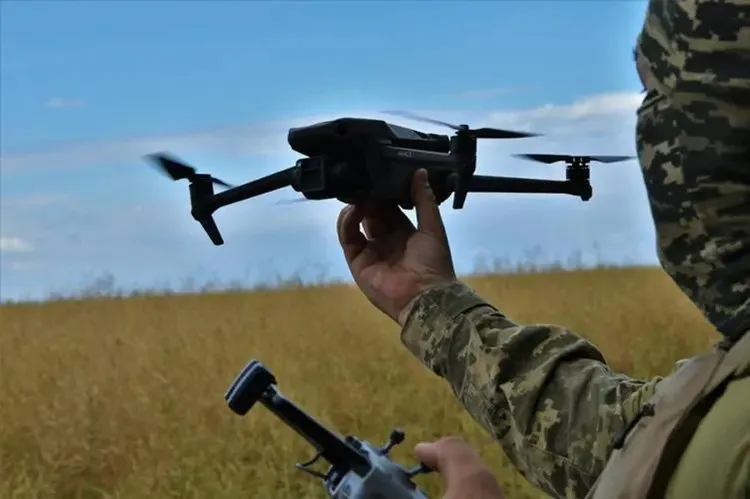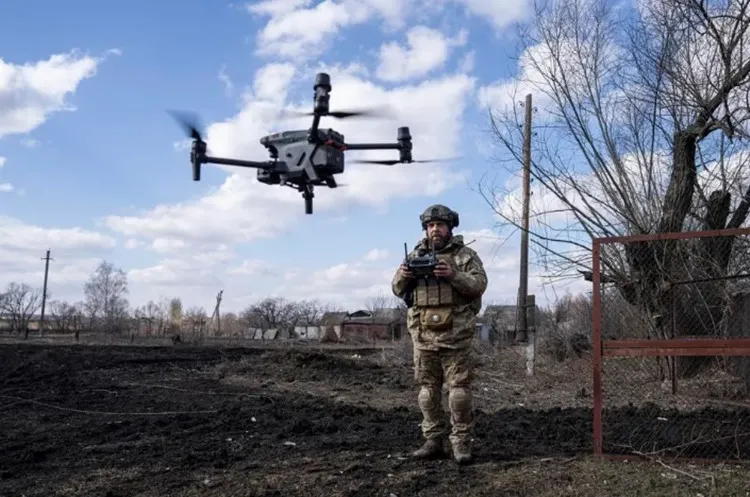Introduction to Drone Frequency Bands
Drones, or unmanned aerial vehicles (UAVs), utilize various frequency bands for communication, control, and data transmission. Understanding these frequency bands is essential for ensuring safe and effective operation. Below are some commonly used frequency bands in drone technology, including GPS frequencies.

1. 2.4 GHz ISM Band
- Frequency Range: 2.400 – 2.4835 GHz
- Usage: This band is widely used for remote control and data transmission, including consumer drones. It supports various communication protocols, such as Wi-Fi and Bluetooth, making it a popular choice for many applications.
2. 5.8 GHz ISM Band
- Frequency Range: 5.725 – 5.875 GHz
- Usage: Primarily used for video transmission, the 5.8 GHz band offers higher bandwidth than the 2.4 GHz band. However, it has a shorter range and lower penetration capabilities, making it suitable for real-time video feeds.
3. 900 MHz ISM Band
- Frequency Range: 902 – 928 MHz
- Usage: This band is often used for long-range communication and low-speed data transmission. It provides better penetration through obstacles, making it ideal for applications requiring extended range.
4. 433 MHz Band
- Frequency Range: 433.05 – 434.79 MHz
- Usage: The 433 MHz band is commonly used for telemetry, remote control, and sensor data transmission. It is particularly effective for low-data-rate applications.
5. 1.2 GHz Band
- Frequency Range: 1.2 – 1.3 GHz
- Usage: This band is utilized for both video transmission and remote control. It strikes a balance between range and bandwidth, allowing for effective communication in various drone applications.

GPS Frequency Bands
In addition to the above communication frequencies, drones often rely on GPS for navigation and positioning. The key GPS frequency bands include:
6. L1 Band
- Frequency: 1575.42 MHz
- Usage: This is the most commonly used GPS signal frequency, providing civilian positioning services.
7. L2 Band
- Frequency: 1227.60 MHz
- Usage: Primarily used for military applications and some high-precision uses, offering better resistance to interference.
8. L5 Band
- Frequency: 1176.45 MHz
- Usage: This band provides high-precision positioning and enhanced interference resistance, suitable for high-security and reliability applications.
Conclusion
Each frequency band offers unique advantages and is suitable for different aspects of drone operation. When selecting a frequency for a drone, it is crucial to consider the intended application, range requirements, and compliance with local regulations. Understanding these frequency bands ensures optimal performance and adherence to legal standards in drone operation.
